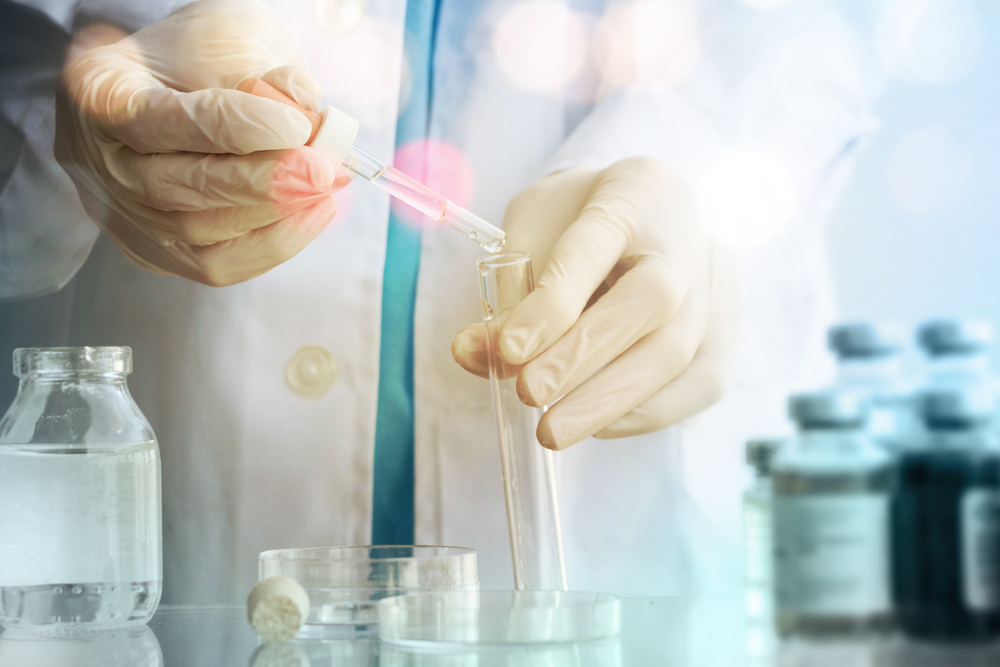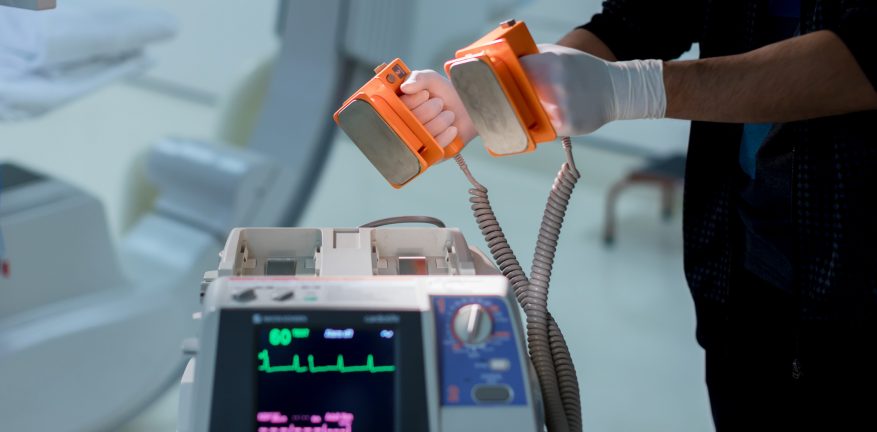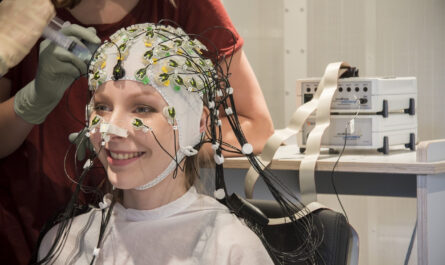Drug abuse has become a widespread problem that impacts many communities and workplaces. To help address this issue and promote safety, Drug For Abuse Testing Devices have been developed to screen individuals for illegal or undesirable substances.
Types of Drug Testing Devices
There are several common types of drug testing devices used for screening purposes:
Urine Drug Tests
Urine Drug For Abuse Testing Devices are one of the most prevalent forms of drug testing. They screen a urine sample for target drugs or drug metabolites that pass through the urine stream after being processed by the body. The two main types are immunoassay drug tests, which use antibody-antigen reactions to detect drug metabolites, and chromatography-mass spectrometry tests, which can identify specific drugs and metabolites through separating and analyzing chemical components. Urine drug tests are used in many workplace, legal, and clinical settings due to their non-invasive nature and ability to detect drug use over a window of several days after ingestion.
Oral Fluid (Saliva) Drug Tests
Oral fluid drug tests analyze saliva samples for evidence of drugs. They provide a less invasive alternative to urine samples and can detect drug use over a shorter timeframe of 1-3 days versus urine tests. Saliva tests work by absorbing drug metabolites that enter the saliva after passing through the bloodstream. Like urine tests, they use immunoassay and chromatography techniques. Oral fluid drug testing is increasingly being used in workplace, probation, child protective services, and other applications.
Hair Drug Tests
Hair drug testing analyzes a sample of hair, usually from the head, to detect drugs incorporated into the hair shaft over time. Drugs and their metabolites enter the hair as it grows out of the scalp. Since hair grows at around half an inch per month on average, segments of hair can reveal patterns of drug use going back months. Hair tests provide one of the longest detection windows of any drug test, making them useful for situations requiring assessment of long-term or repeated drug use. However, external contamination of hair can potentially impact test accuracy.
Breathalyzer Tests
Breathalyzer tests measure alcohol content in breath through electrochemical oxidation reactions specific to ethanol molecules. They are primarily used for immediate roadside screening of drivers suspected of operating a vehicle under the influence of alcohol (DUI/DWI). Breathalyzers are very effective at rapidly detecting recent alcohol consumption within minutes or hours of use due to alcohol’s quick passage from the lungs into breath when ingested.
Workplace and Legal Applications
The various drug testing devices find many applications in promoting safety in the workplace and through the legal system:
Pre-Employment Screening
Many companies conduct drug screening as part of pre-employment assessments, either through applicant consent or where allowed by law, to evaluate candidates for safety-sensitive roles and ensure a drug-free work environment. Urine and oral fluid tests are common at this stage due to their minimally invasive nature.
Random Testing
Employers in high-risk industries like transportation, construction, and manufacturing may institute random or unannounced drug testing programs using urine, oral fluid, or hair tests to discourage drug use and identify issues requiring intervention or disciplinary action. The goal is maintaining workplace safety over the long term.
Post-Accident Testing
In the event of an on-the-job accident or “near miss” incident, drug testing is frequently conducted to determine any potential impairment as a contributing factor. Quick urine or oral fluid tests administered at the scene can help establish the initial investigatory picture.
Probation and Parole Screening
Criminal justice agencies routinely use drug testing, such as urine screens, as part of probation and parole supervision conditions to support rehabilitation and monitor offenders’ compliance with abstaining from drug use. Positive tests can result in legal consequences like revocation of release status.
DUI/DWI Assessment
Breathalyzers play an invaluable role in roadside stops and investigations by law enforcement to provide direct evidence of illegal and dangerous levels of alcohol intoxication behind the wheel. Positive breath tests provide legal grounds for arrest and prosecution of impaired driving offenses.
Clinical Applications
Substance abuse testing is also applied extensively in clinical treatment settings:
Addiction Treatment Program Screening
Facilities providing substance abuse counseling and rehabilitation programs commonly require regular drug testing of patients, such as urine screens, to gauge recovery progress, identify possible relapses, and inform clinical care decisions over the course of treatment.
Therapeutic Drug Monitoring
For patients prescribed certain controlled drugs like opioids for pain management, compliance drug testing can verify appropriate medication use versus potential diversion, supplementing treatment plans. Pharmacokinetic monitoring also supports dosing adjustments.
Laboratory Analysis
Toxicology laboratories analyze biological samples like blood, urine and tissues using high-complexity instrumentation for medical examiner investigations of fatal or high-profile overdoses, as well as driving under the influence (DUI) cases prosecuted in court. Definitive results identify specific drugs and metabolites involved.
Considerations in Drug Testing
While drug testing seeks to promote safety and accountability, a few caveats should be considered regarding testing programs and individual results:
– Accuracy depends on test methodology, collection procedures, and cutoff thresholds chosen. False positives or negatives are possible, requiring confirmatory testing.
– Some prescription and over-the-counter drugs, as well as environmental contaminants, can potentially trigger positive immunoassay results requiring differentiation.
– Drugs and metabolites clear the body at different rates, so recency and frequency of use is difficult to establish from a single positive test.
– An individual’s privacy and due process rights require balancing with the objectives of testing programs, especially in the workplace or within mandated treatment contexts.
– Screening serves to identify possible substance involvement rather than prove impairment at the time of testing, requiring consideration of additional contextual information.
When administered and interpreted appropriately based on technical and clinical guidelines, drug testing devices provide objective, evidentiary data to support safety priorities across various sectors. Continued improvements to testing capabilities balanced with ethical safeguards can further their ability to curb the harms of drug misuse in society while respecting individual rights and circumstances. With prudent application, testing will likely remain an important tool for organizations dedicated to public health and well-being for years to come.
*Note:
1. Source: Coherent Market Insights, Public sources, Desk research
2. We have leveraged AI tools to mine information and compile it



